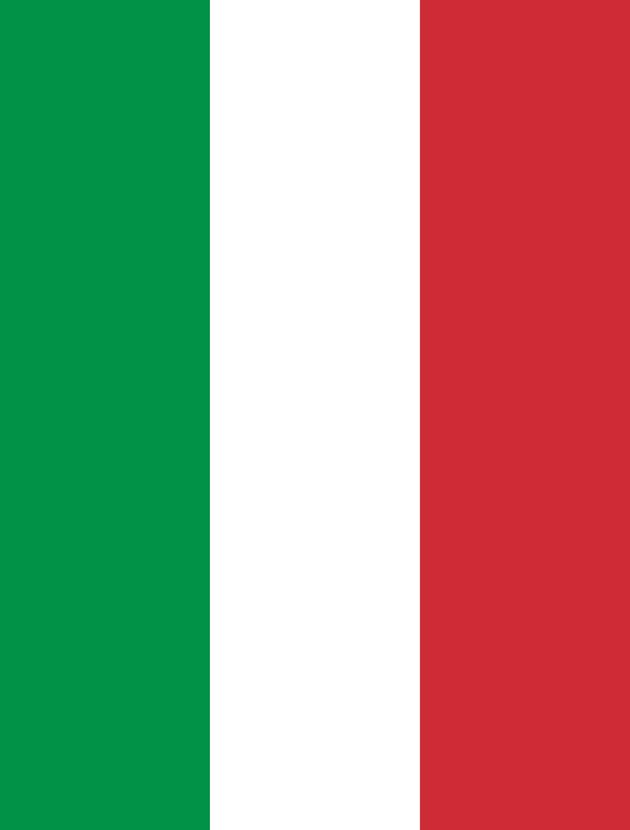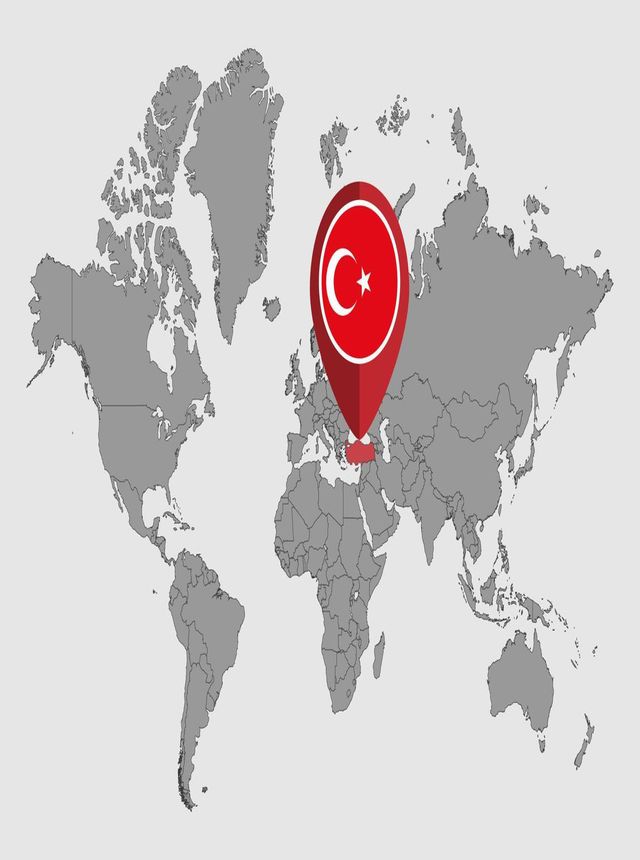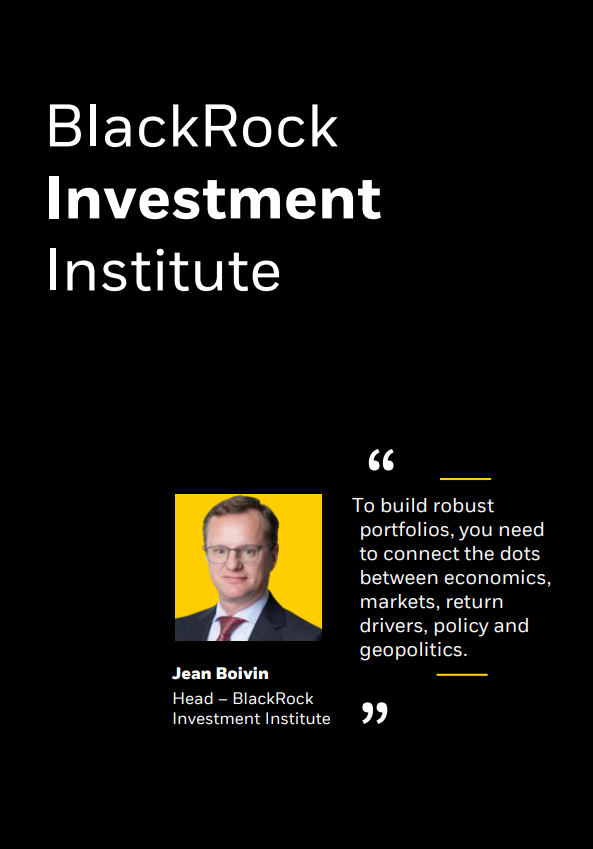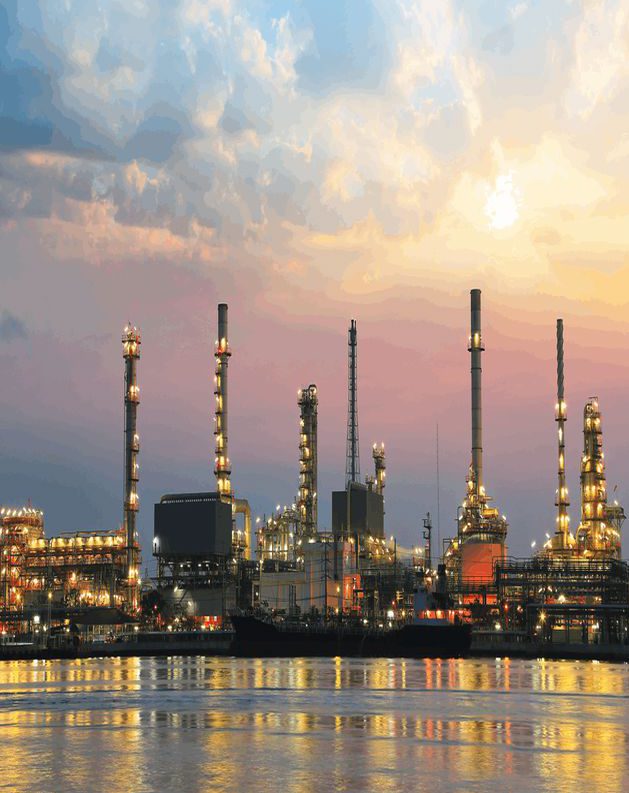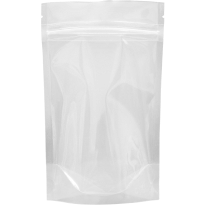Italy and West Europe
Given tight supply conditions,
regional PP and P.E suppliers achieved stronger hikes on February deals
when compared to the mild increases
in the monthly monomer settlements. P.E deals were closed with larger increases than PP,
not only because of tighter resin availability for some P.E grades but because of slightly
better replenishment activity in the derivative segments.
Although producers did not close their order books for PP,
they were mostly sold out for the month.
Meanwhile, major suppliers stopped all new offers on European P.E as high costs and a
lack of imports show no signs of abating.
The March outlook is firmer, while the rate of hikes is likely to
slow down considering slow consumption across the union despite easing inflation.
Regional outages add to Red Sea disruptions
The Red Sea unrest and surging freight rates paved the way for reduced supplies from main import sources,
while regional supply cuts exacerbated the tightness.
Total declared a force majeure on its PP
output from Belgium and France as of January 25.
Slovnaft had earlier declared a force majeure on its LDPE output by mid-January.
Apart from this,
other production issues and run rate cuts remained in place,
propelling prices even higher.
Many sellers in the distribution channel reported to have received
less allocations from their suppliers amid curtailed output this month.
PE prices see larger hikes than PP in Italy
Both PP and P.E markets rebounded from around a 4-month low by
January and followed an upward trajectory since then.
P.E hikes were more visible than PP since the reversal,
with February hikes reaching up to €250/ton for the former.
February PP deals were closed with hikes of up to €150/ton, meanwhile.
In Italy and West Europe,
the weekly averages for PPH, PPBC and PPRC inj. posted a cumulative
gain of €200/ton in the past two months, ChemOrbis data showed.
Prices stood at their highest levels since April-May 2023.
In Italy,
P.E gains were in general larger than PP during this timeframe,
with LDPE, LLDP.E C4 and mLLDP.E C6 film grades seeing
hikes of €260-300/ton. HDP.E and MDP.E grades rose by €210-225/ton during January-February period.
In West Europe,
while LDP.E and LLDP.E C4 film grades posted €230-260/ton hikes,
other grades posted increases of €200/ton or smaller than this.
P.E prices mostly hit their highest levels since March-April 2023.
March hints at renewed hikes
Spot gains in the ethylene and propylene markets were driven by tight
supply amid regional production outages or curbed imports and healthy
downstream demand. This will probably lead to hikes in March monomer settlements
, participants opined.
Although monomer expectations call for €20-50/ton hikes,
producers will issue larger increases on PP and P-E next month
in line with their margin expansion targets.
Increases of €100/ton may emerge for both PP and P-E.
Sellers also pin their hopes on a potential seasonal demand pickup for some applications,
while a lack of sales pressure would also encourage
them to seek hikes beyond costs.
Regional suppliers are free from stock pressure amid the
absense of import sources from Asia,
Saudi Arabia and the US as well as production issues inside the bloc.
Will March be the last month of hikes amid ebbing demand?
The recent replenishment activity seen both among converters and end buyers was driven by supply woes and higher prices,
which has been the case in other global markets as well.
Indeed, demand has been patchy as not all buyers
were interested in pre-buying ahead of further firming.

Several converters lamented,
“There is a growing resistance among our customers as they do not want to pay such large increases on end products. End demand has yet to see a recovery.”
Eyes are locked on the seasonality,
while it remains to be seen if overall demand conditions may change visibly at a time
when consumption has been declining with elevated interest rates.
Fading demand may put a cap on the expected March hikes, players agreed.
Moreover,
March is expected to be the last month of hikes as many buyers expect a reversal
towards April amid the arrival of delayed cargos and waning buying interest.
Trading activity will slow down ahead of the Easter holiday by late March,
while buyers expect to receive some cargos in April and May.
Some traders reported improving conditions in the shipping industry,
with carriers adapting to the new routes and subsiding panic response.
This will also keep purchases hand-to-mouth in March.

